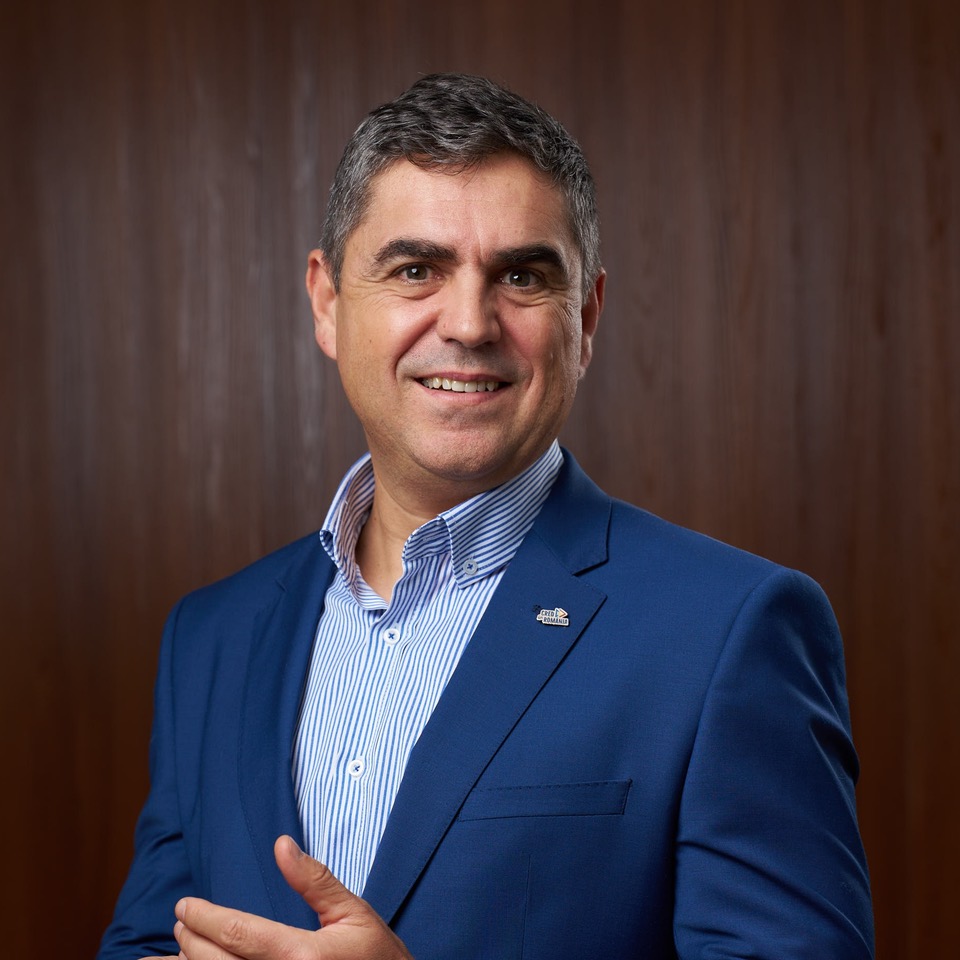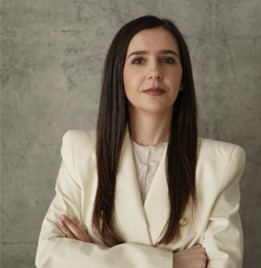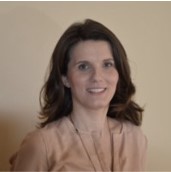
TO STEER THE SHIP, LEARN THE SEA! Navigation is easier with map and compass, even in rough waters.
The Pareto Report offers a comprehensive perspective on Romanian consumers: a critical resource for businesses as they start off their 2026 journeys. A successful project that has confirmed value for clients in financial, retail, FMCG, entertainment and NGO sectors.
What you gain:
- More Effective Decision-Making: Contextual insights provide a more complete, real-world picture, empowering you to make effective decisions across strategy, marketing & development.
- Broad Perspective: Decisions happen in a social, cultural or economic context. Content alone does not explain a choice.
- Competitive Edge: In competitive markets, understanding underlying nuances can truly make the difference.
- Stay on top: Societal trends, technology and politics impact consumer decisions. Context helps businesses stay ahead.
- Uncover Hidden Opportunities: Understand untapped segments and new needs, often overlooked in traditional studies.
WHAT DID OUR CLIENTS SAY
A COMPRENSIVE RESEARCH PROCESS, STRUCTURED AND VALIDATED IN 5 WAVES
We have designed a syndicated research programme to uncover the Pareto world. The guiding principles: meticulousness through rock-solid methods, reliability by large sample and uncovering AHA insights by asking the right questions across stages.
-
1. Set a solid ground
- Desk research on income statistics
- Income survey on 2000 Romanians
-
2. Dimension and track
- Online survey run on Pareto (N=1000) and BCT (N=1000)
- +100 KPIs investigated
-
3. Context is Power
- Rich insight report with multidisciplinary expert team
- Interactive presentations or opportunity assessment workshops on request
Meet the team! … and this is just the peak of the iceberg.

MIHAI
The Visionary Thinker
Marketing Advisor, Founder of Pareto Report
25+ yrs experience

MANUELA
The Strategic Brain
Founder of AHA Moments & Pareto Report
18+ yrs experience

ANA
The Agile Mastermind
Research Manager at AHA Moments
8+ yrs experience

ROBERT
The Context Storyteller
Chief Research Officer at Rethink Romania
14+ yrs experience

IULIAN
The Sage Scientist
DP & Analysis Manager at AHA Moments
19+ yrs experience

SIMINA
The Curious Explorer
Qualitative Moderator & Psychotherapist
19+ yrs experience
Considerations on research limitations:
- Current study is representative for BCT and Paretos, while not mirroring the audience below 18yo and over 65 yo, nor the non-Internet users (22% excluded on this principle).
- We assume an auto-selection bias, implied by the fact that respondents with higher completion willingness were first to be considered in the sample.
- The study presents perceptions of respondents about themselves, about things around them, and does not reflect an objective reality.
- We assume a desirability bias, respondents mentioning things they like to believe are truthful, which are not necessarily truthful.
- The study focuses on a precise moment in time (August 2022) and includes a comparison to September 2021, but not with the periods in between.
- The study is a snapshot of the Romanian digitally active population and does not include comparisons to other countries.






